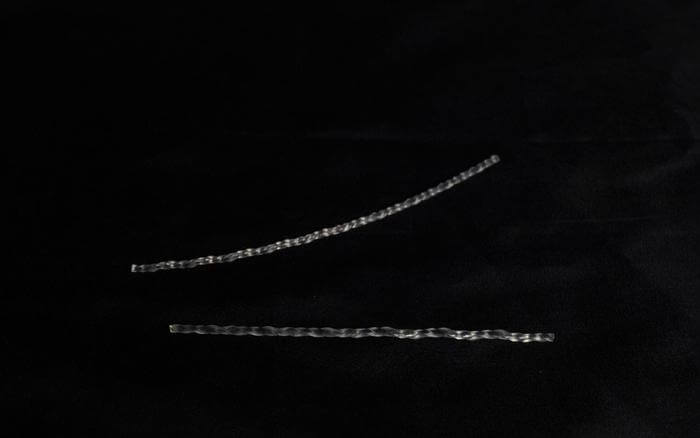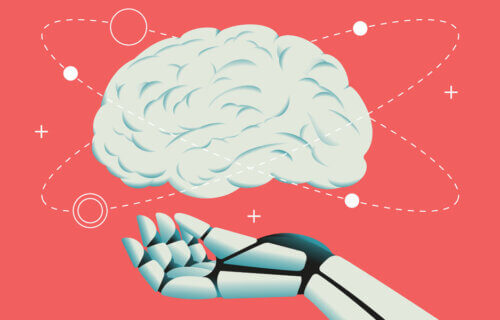RALEIGH, N.C. — Robots seem to be getting smarter and smarter, but one new machine is proving a brain may be optional. Scientists have created a robot without any onboard intelligence, which is still capable of navigating intricate mazes.
Researchers demonstrated the ability of this “soft robot” to navigate through mazes even when the walls around it moved. Furthermore, it could squeeze through spaces narrower than its original size. Experiments with this new robotic design, conducted on metal surfaces and sand, yielded similar success rates. Its movement is reminiscent of a plastic cup, wider at the top than its base.
Previously, a team from North Carolina State University designed a soft robot that could move through simple mazes without any guidance from humans or computers. Their recent innovation represents a significant advancement: a “brainless” soft robot capable of traversing more intricate and changing environments.
“In our earlier work, we demonstrated that our soft robot was able to twist and turn its way through a very simple obstacle course,” says Jie Yin, co-corresponding author of a paper on the work and an associate professor of mechanical and aerospace engineering at NC State, in a media release.
“However, it was unable to turn unless it encountered an obstacle. In practical terms this meant that the robot could sometimes get stuck, bouncing back and forth between parallel obstacles.”
“We’ve developed a new soft robot that is capable of turning on its own, allowing it to make its way through twisty mazes, even negotiating its way around moving obstacles. And it’s all done using physical intelligence, rather than being guided by a computer,” Yin adds.

The researcher clarified that “physical intelligence” pertains to dynamic objects, like soft robots. Their behavior is influenced by their structural design and materials, rather than directives from computers or human intervention.
Similar to its predecessor, the latest soft robots are composed of ribbon-like liquid crystal elastomers. When positioned on a surface with a temperature of at least 55 degrees Celsius (131 degrees Fahrenheit), which is above ambient air temperature, the ribbon segment in contact with the surface contracts. The section exposed to the air remains unchanged. This generates a rolling motion, which speeds up as the surface temperature increases.
In contrast to the former symmetrical model, the new robot features two unique halves: one resembling a linearly extended twisted ribbon and the other reminiscent of a tighter twisted ribbon that spirals around itself. The research group explained that due to its asymmetrical design, one robot end exerts a greater force on the ground than the other.
Drawing an analogy, Prof. Yin says people should think of a plastic cup with a top wider than its bottom. When it rolls, it doesn’t follow a straight path. Instead, it traces an arc due to its unbalanced shape.
“The concept behind our new robot is fairly simple: because of its asymmetrical design, it turns without having to come into contact with an object,” says Yao Zhao, first author of the paper and a postdoctoral researcher at NC State.
“So, while it still changes directions when it does come into contact with an object – allowing it to navigate mazes – it cannot get stuck between parallel objects. Instead, its ability to move in arcs allows it to essentially wiggle its way free.”
“This work is another step forward in helping us develop innovative approaches to soft robot design – particularly for applications where soft robots would be able to harvest heat energy from their environment,” Yin concludes.
The findings are published in the journal Science Advances.
South West News Service writer Stephen Beech contributed to this report.


The title ‘“No intelligence necessary:…’ is misleading and incorrect – there is most certainly intelligence, exhibited by the structure and its associated behavior.